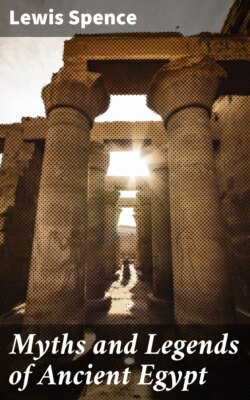Читать книгу Myths and Legends of Ancient Egypt - Lewis Spence - Страница 53
На сайте Литреса книга снята с продажи.
Osiris and the Persephone Myth
ОглавлениеThe reader cannot fail to have observed the very close resemblance between the myth of Osiris and that of Demeter and Kore, or Persephone. Indeed, some of the adventures of Isis, notably that concerning the child of the king of Byblos, are practically identical with incidents in the career of Demeter. It is highly probable that the two myths possessed a common origin. But whereas in the Greek example we find the mother searching for her child, in the Egyptian myth the wife searches for the remains of her husband. In the Greek tale we have Pluto as the husband of Persephone and the ruler of the under-world also regarded, like Osiris, as a god of grain and growth, whilst Persephone, like Isis, probably personifies the grain itself. In the Greek myth we have one male and two female principles, and in the Egyptian one male and one female. The analogy could perhaps be pressed further by the inclusion in the Egyptian version of the goddess Nephthys, who was a sister-goddess to Isis or stood to her in some such relationship. It would seem, then, as if the Hellenic myth had been sophisticated by early Egyptian influences, perhaps working through a Cretan intercommunication.
It remains, then, to regard Osiris in the light of ruler of the underworld. To some extent this has been done in the chapter which deals with the Book of the Dead. The god of the underworld, as has been pointed out, is in nearly every instance a god of vegetable growth, and it was not because Osiris was god of the dead that he presided over fertility, but the converse. To speak more plainly, Osiris was first god of fertility, and the circumstance that he presided over the underworld was a later innovation. But it was not adventitious; it was the logical outcome of his status as god of growth.
